Processing Beeswax From Beginning to End – Part 1
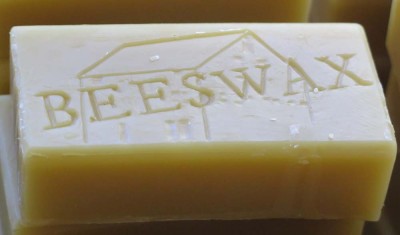
Around Thanksgiving I got a note from Chris Schwarz as he was assembling his annual list of a dozen Christmas gift recommendations for his legion of blog readers. His question to me concerned the availability of our hand-processed beeswax. Fortunately we had a large inventory on hand, probably 150 or 175 units. Good thing as those enthusiastic followers pretty near cleaned out the cupboard. In fact, they did clean out the inventory of polissoirs, but that’s another topic.
We received wonderful feedback on the beeswax, along with the questions about how we process it. I’ve blogged about it before, but this time I wanted to cover the topic in a fairly detailed manner. I could say that we rely on an expensive, state of the art “High Pressure Reverse Osmosis Turbo Encabulator” but that would be a falsehood. The highest tech component in the process is probably the pasta strainer.
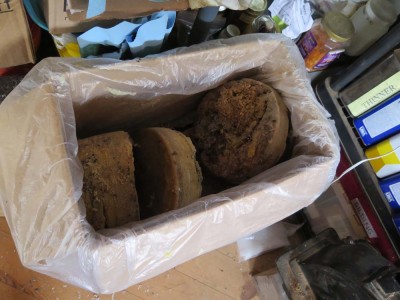
I order raw beeswax several hundred pounds at a time, directly from the honey processing plant. I want it raw as I can achieve the product I want, unmodified from the original bee product except for the removal of contaminants. As such, it comes pretty well infused with propolis, honey, and bee carcasses by the gazillion. Getting rid of this is the first step.
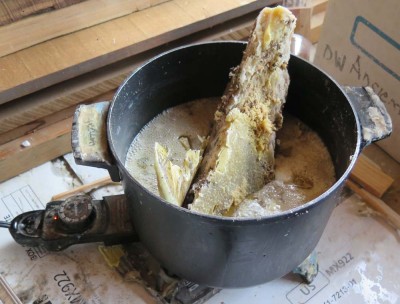
Since much of the contamination is water soluble I melt the raw beeswax into a large crock pot with water, with proportions about 1/3 water and 2/3 bulk beeswax. The heated water bath dissolves the honey out of the dirty molten mass.

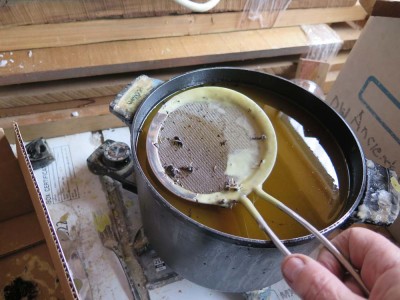
Also once the pot-full is completely liquid the bee carcasses float to the top of the stew, to be scraped off the top with a pasta screen.
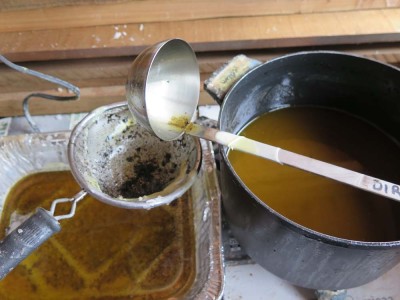

Once that is done I ladle the hot dirty wax/water stew through another pasta screen into an aluminum lasagna pan.
I make sure to not agitate the pan while the mess is cooling. I am counting on the water soluble contaminants remaining in the water phase that separates out underneath the wax as it cools and solidifies on top of the pan. In addition, the water-insoluble particulate contaminants settle to the bottom of the wax block.
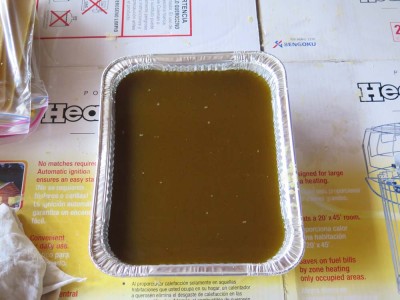
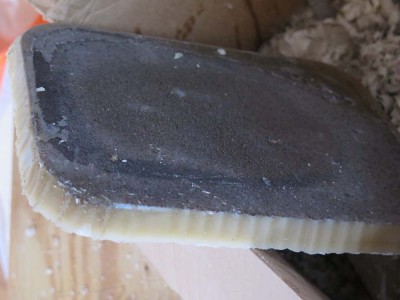
This simple approach results in several near-simultaneous accomplishments; it removes the bee carcasses, it dissolves and removes the honey and any other water soluble materials, and it separates the non-soluble particles.
Up next: yielding purified wax.


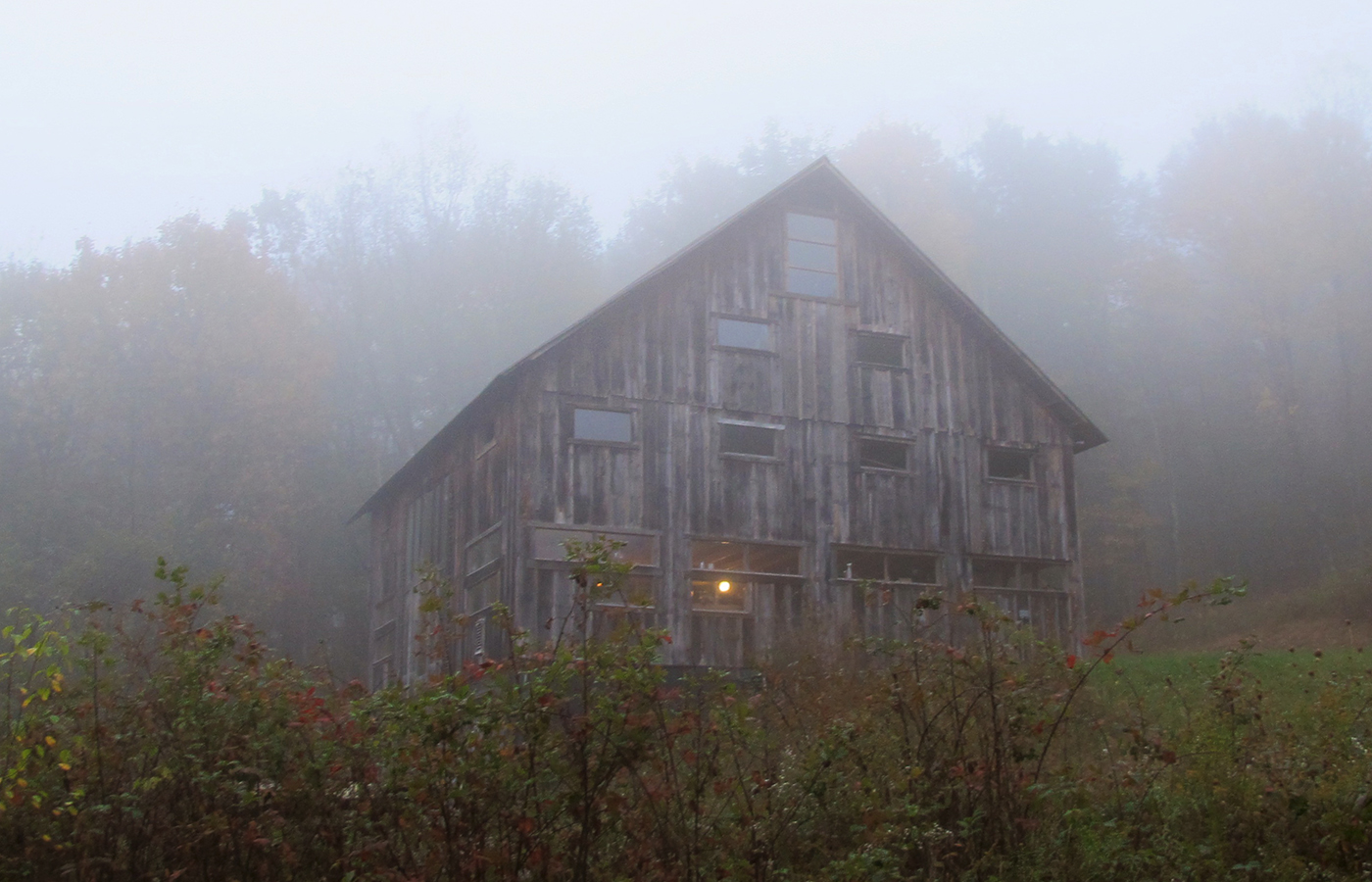
Join the Conversation!